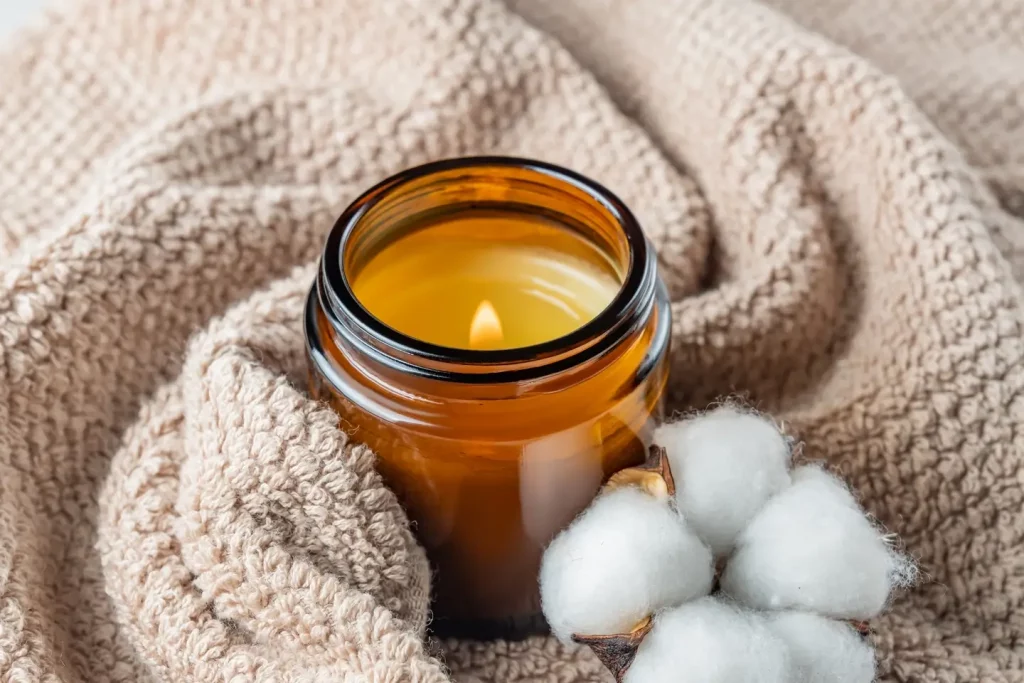We all love scented candles. They fill our homes with amazing smells and create a relaxing aura. Lately, there has been a fuss about them, and some people have been raising concerns about their safety, but are scented candles toxic? Let’s check out the science behind scented candles and see if the rumors hold any weight.
How Do Scented Candles Actually Work?
To understand whether candles are toxic or not, we must first understand how they work. Imagine a candle being a wizard with three key points:
- Wax
- Wick
- Scent
Wax
This is the fuel that keeps the flame burning. It can be made from various things, like regular paraffin wax (derived from petroleum), soy or coconut wax (both plant-based options) or even beeswax (made by bees!).
Wick
This is the thin string in the center. It soaks up the melted wax through capillary action and helps the flame maintain its strength. This wick can be made from either cotton or wood material, but they both serve the same purpose.
Scent
This is the secret ingredient that makes your room smell amazing! This scent comes from oils that can be synthetic or natural. Synthetic oils, or fragrance oils, are made in labs using different chemicals to replicate a scent or create a new one. Natural, or essential oils, are made by infusing natural ingredients, usually plants, with oils.
What Happens When We Light a Candle?
When you light a candle, the melted wax around the wick will start making its way up to the top of the wick through capillary action. This process will vaporize the hydrocarbons inside the wax, and turn them into carbon and hydrogen molecules.
These molecules will react with the oxygen around you, to create light, heat, carbon dioxide (CO2), and vapor (H2O).
Now that we understand how candles work, are they really toxic?
The long answer is that it depends, and the short answer is that the amount of chemicals released by a candle does not pose any health risks to most healthy people. More so, scented candles in Dubai are getting more and more health-conscious as people are moving towards natural alternatives.
How does it depend you may ask? Well, if you are lighting your candles in a room that is not ventilated, then this could be a reason that triggers headaches and nausea. Lighting a candle that contains a lot of synthetic materials like paraffin wax, lead or zinc core wicks, or even fragrance oils that contain parabens and phthalates are some things that you want to look out for as well.
How to enjoy candles safely.
There are ways in which you can light your candles, and maintain a safe and aromatic environment. Here are a few things that you can do:
- Choose healthier wax alternatives like soy or coconut wax.
- Look for candles with fragrance oils that don’t contain parabens and phthalates.
- Keep your space well-ventilated.
- Trim your wick to produce less soot.
- Keep your candle sessions under 4 hours.
The Final Words
Scented candles can add a delightful touch to your home, but it’s important to be mindful. By choosing safer candles, burning them wisely, and letting fresh air in, you can continue to enjoy their warm glow and lovely scents without any health concerns.



